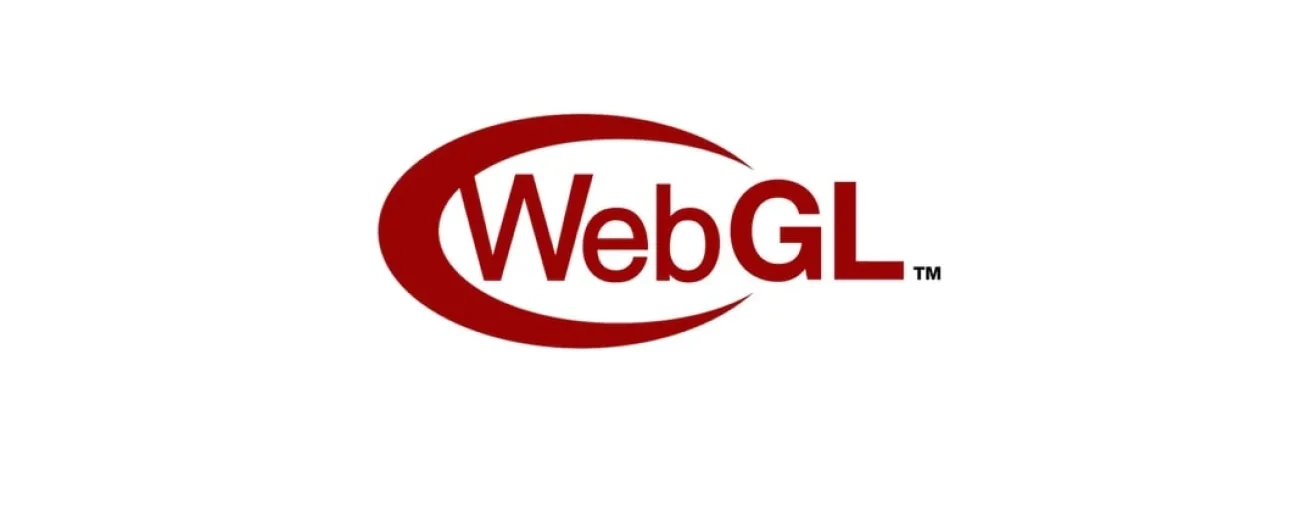
We’re excited to hear your project.
Let’s collaborate!

Back in the day projects featuring crazy sound effects, animations and interactions were all the rage. These effects created intense user experiences hence is why they became so popular – most of these projects were built using Adobe Flash.
Flash is close to death and the era of rich multimedia platforms has come to an end but there’s good news – a fresher successor will replace Flash. Three.js and WebGL technologies are growing very fast, allowing developers to create projects similar to those built in Flash but without any security issues. The Three.js and WebGL combo is one of the most powerful tools you can use to create immersive UX.
WebGL is the foundation that provides developers with ways to manipulate interactive 2D and 3D graphic elements. It allows users to mix elements with HTML and combine them with other constituents of the background or page.
On the other hand, Three.js is a Javascript library with a long list of features which allow developers to operate with geometry, lights, cameras, scenes and more. Three.js helps unlock WebGL’s true potential by adding extra functionality options. With these two in place, it’s very easy to create 3D animations accelerated through GPU without needing any browser plugins.
When different technologies get combined, dilemmas appear – should you create a “one size fits all” project that can run on different devices and offer consistent experience or risk it all and impress the audience you can reach. When working with Three.js and WebGL it’s the same. Most mobile browsers can be a real hassle especially since many users are stuck with legacy browsers – full compatibility can be tricky to achieve. The good news is that support is growing and the technologies are developing fast – as long as you don’t use Three.js and WebGL for any critical part of your project, you should be fine.

We’re excited to hear your project.
Let’s collaborate!